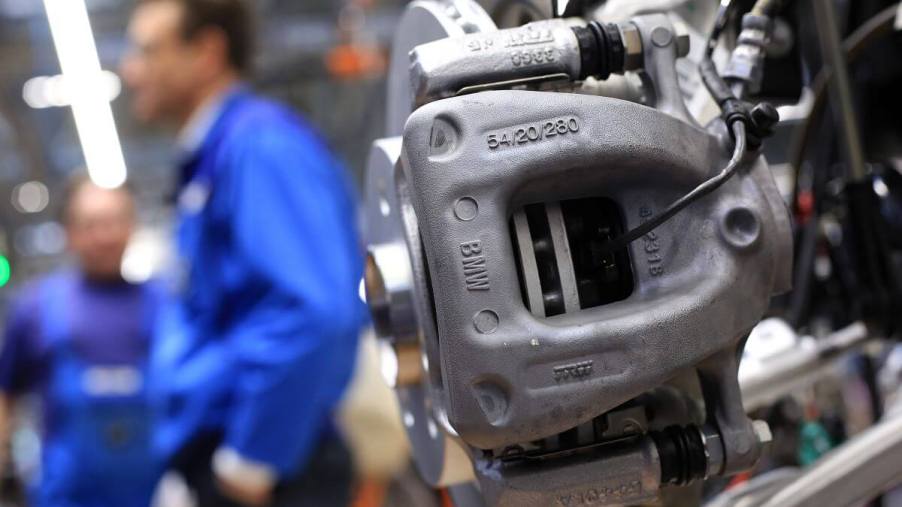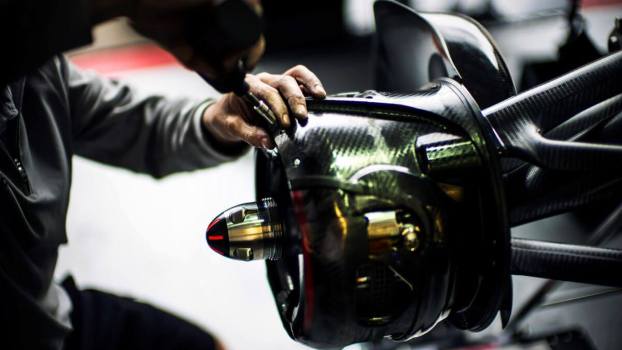
What Does the Automotive Term ‘Floater’ Mean?
Cars are complex machines that consist of many parts, each performing a specific function that ensures the vehicle operates safely and efficiently. Some of these critical components include the vehicle’s braking system. This system allows drivers to halt their journey or adjust speed as needed, so it’s vital for day-to-day travel. In the context of this intricate structure, the term “floater” emerges. So, what exactly is a floater, and how does it factor into a vehicle’s operations and maintenance?
‘Floater’ as a floating axle
In automotive terms, a “floater” often refers to a floating axle. According to MotorTrend, a floating axle is a type of axle design where the wheel is supported by two bearings located near the wheel hub. This design allows the axle to ‘float,’ so it doesn’t bear any weight of the vehicle, cargo, or passengers. Instead, the load is transferred directly to the axle housing and wheel ends, which are sturdier and better equipped to handle the stress. The main benefit of a floating axle is that it can handle greater loads, making it a popular choice for heavy-duty and commercial vehicles.
This contrasts with a semi-floating axle, where the axle shaft supports the vehicle’s weight while also transmitting the torque from the differential. Due to its cost-effectiveness and simplicity, a semi-floating design may be found in lighter-duty vehicles.
‘Floater’ as a floating brake caliper
“Floater” may sometimes refer to a floating brake caliper within the vehicle’s braking system. In a floating (or sliding) caliper design, the caliper moves or floats on a set of guide pins or slides. According to Low Offset, this movement allows the caliper to adjust its position relative to the rotor, applying braking force evenly on both sides. It’s more commonly used because it is cheaper and easier to manufacture and install.
This design differs from a fixed brake caliper, where the caliper is firmly attached to the mounting bracket and does not move. In fixed calipers, multiple pistons on both sides of the rotor apply braking force, providing more uniform pressure distribution and improved braking performance. However, they are typically more expensive and more complex to service.
‘Floater’ as a ‘car float’
It’s important to note that a “floater” in the context of vehicle parts and maintenance should not be confused with a “car float,” as defined by Wiki-Motors. A car float refers to a type of ferry boat designed to transport railroad cars across bodies of water, which is quite distinct from the term’s application in automotive mechanics.
Navigating the automotive world of ‘floaters’
Understanding the ins and outs of vehicle terminology can be valuable, especially when it comes to maintenance and understanding your vehicle’s capabilities. Whether it’s the robust support of a floating axle or the cost-effective efficiency of a floating brake caliper, a “floater” serves a unique function within a vehicle’s system. Still, remember that not all “floaters” are created equal – some are designed to keep your car moving smoothly on the road, while others, like car floats, have a different purpose altogether.




